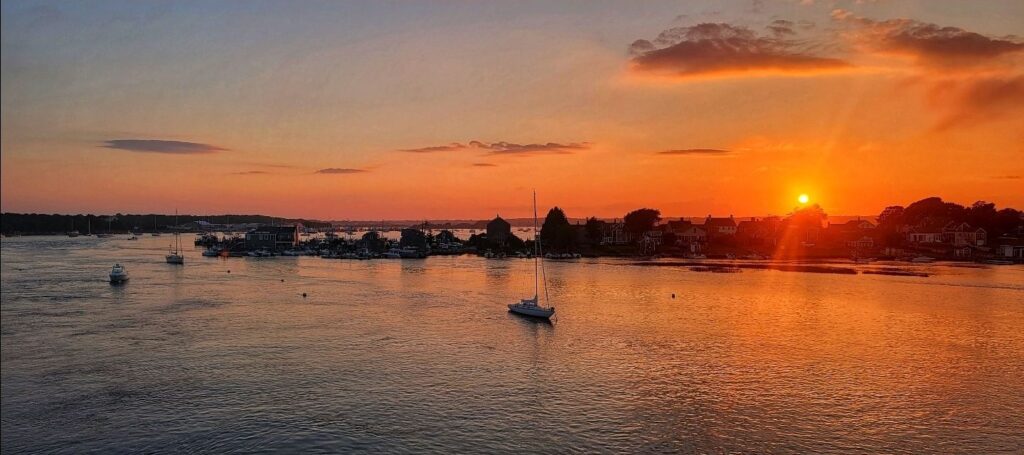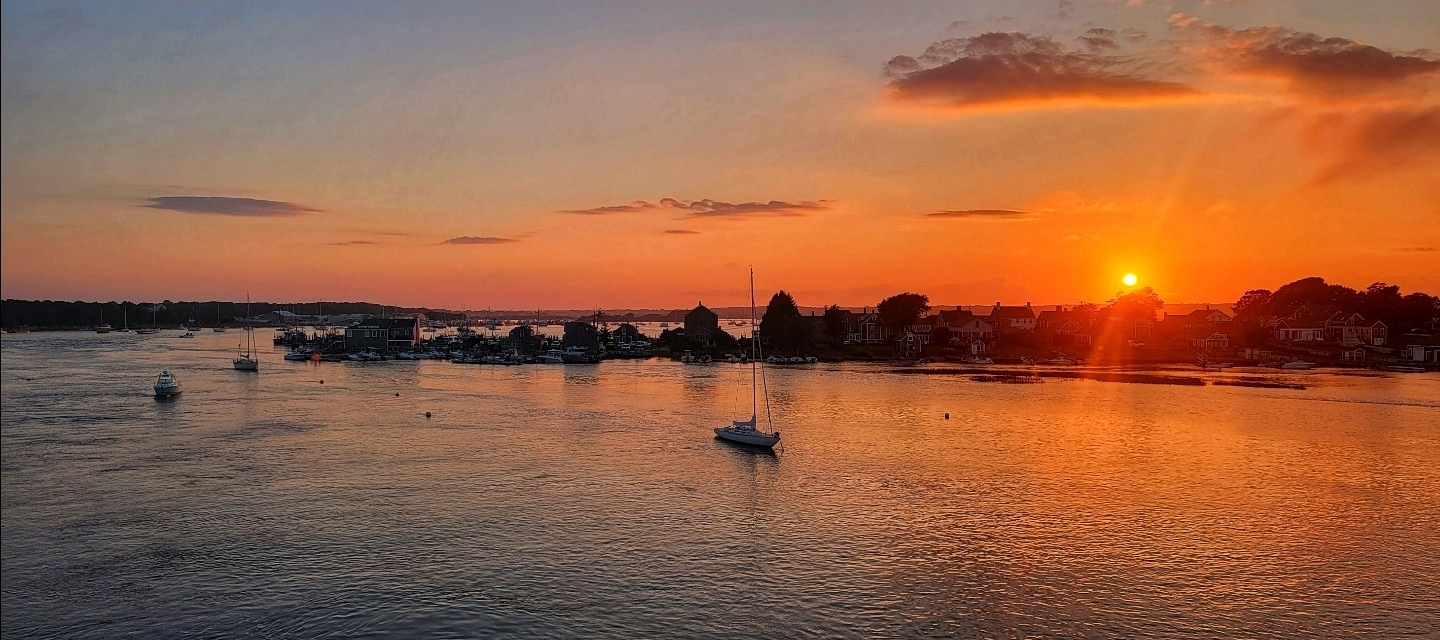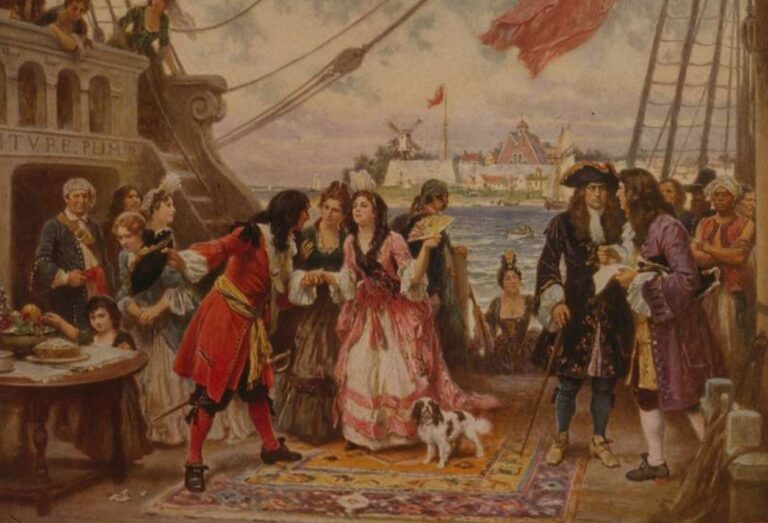Navigating History: The Westport River and Its Storied Past

The Westport River, a pristine waterway nestled along the southern coast of Massachusetts, is a place of stunning natural beauty and rich historical significance. This post will explore the history of the Westport River, from its indigenous roots to its role in early industry, and the conservation efforts that protect it today.
- Indigenous Connection
The Westport River and its surrounding lands were inhabited by indigenous people long before European settlers arrived. The Wampanoag tribe, known for their expertise in coastal living and fishing, called this region home. They established settlements along the riverbanks and used it as a vital source of sustenance and transportation. Evidence of their presence, including shell middens and artifacts, can still be found in the area, serving as a testament to their rich history.
- Colonial Settlement and Agriculture
With the arrival of European settlers in the 17th century, Westport River became a hub for agriculture. Farms, particularly dairy farms, flourished along its fertile shores. The river’s brackish waters provided a natural irrigation system for fields, and the thriving farming community played a crucial role in the development of Westport as a town.
- Shipbuilding and Whaling
As the 18th century unfolded, Westport River played a pivotal role in the maritime industry. Shipbuilding became a prominent trade, and shipyards lined the riverbanks. Notably, Westport contributed to the whaling industry, with vessels sailing from its ports to hunt whales in distant oceans. These ships carried Westport’s legacy far and wide and contributed significantly to the town’s prosperity.
- The Industrial Era
The 19th century saw the emergence of mills and factories powered by the river’s currents. The waterways were harnessed to drive machinery, significantly contributing to Westport’s industrial development. Grist mills, sawmills, and textile mills dotted the river’s path, and their products were essential to both local consumption and export.
- Environmental Conservation
Today, the Westport River remains a vital ecosystem, known for its estuarine habitats and diverse wildlife. In response to the ecological challenges faced by the river over the years, local conservation efforts have emerged. The Westport River Watershed Alliance, founded in 1976, is dedicated to the protection and restoration of the river’s watershed. Their work includes water quality monitoring, habitat restoration, and educational programs that foster a deeper appreciation for the river’s unique ecology.
- Recreational Opportunities
In addition to its historical significance, the Westport River offers a wealth of recreational opportunities. Kayaking, sailing, fishing, and bird-watching are popular activities enjoyed by locals and visitors. The Westport River is also home to beautiful conservation areas and hiking trails, making it a haven for nature enthusiasts.
Conclusion
The Westport River, with its rich indigenous history, colonial beginnings, maritime importance, and continued role in local conservation, stands as a testament to the multifaceted history of this charming Massachusetts town. As it continues to be a source of inspiration and recreation for many, the river’s past and present coalesce to create a unique and captivating story. The history of the Westport River is inseparable from the history of the community it has nourished for generations.






